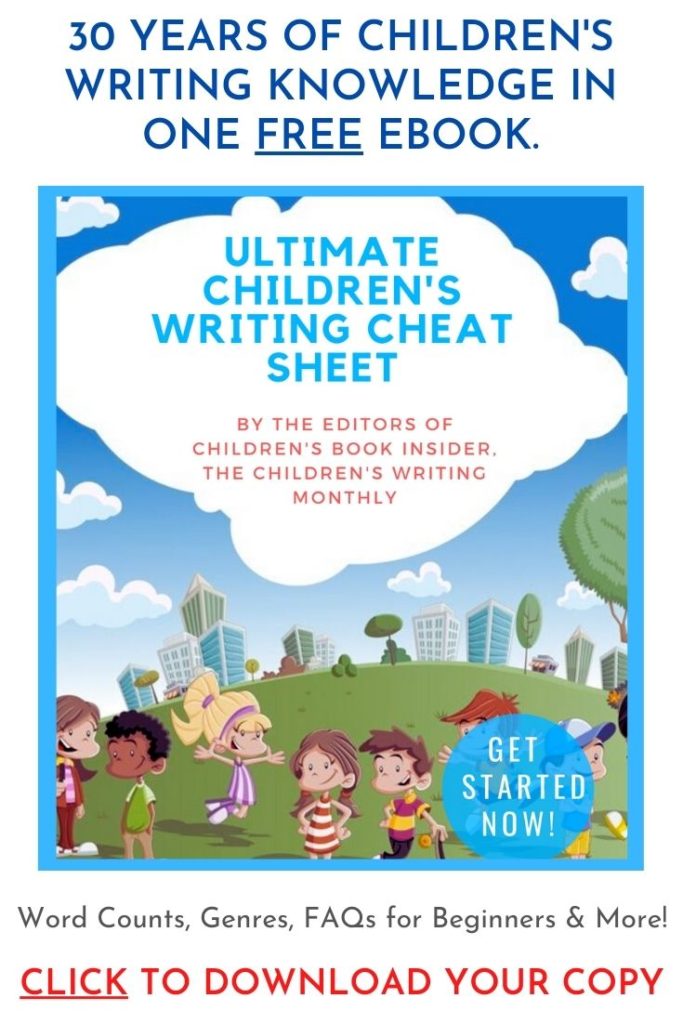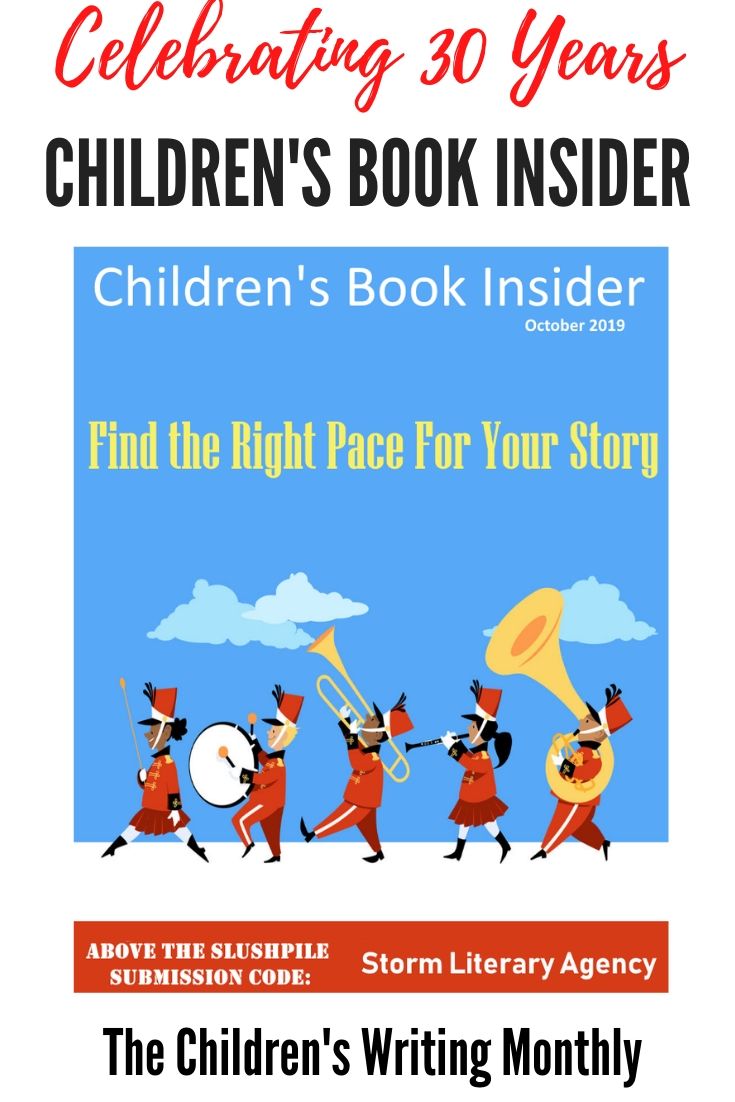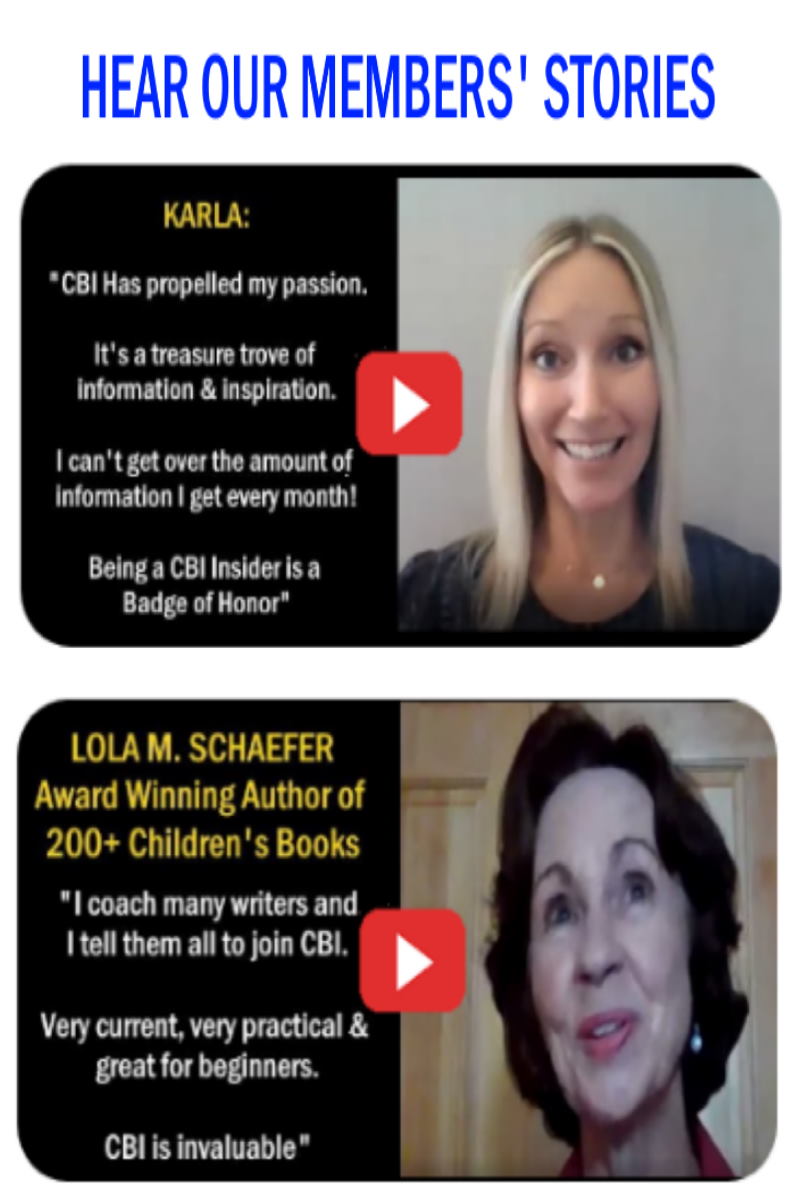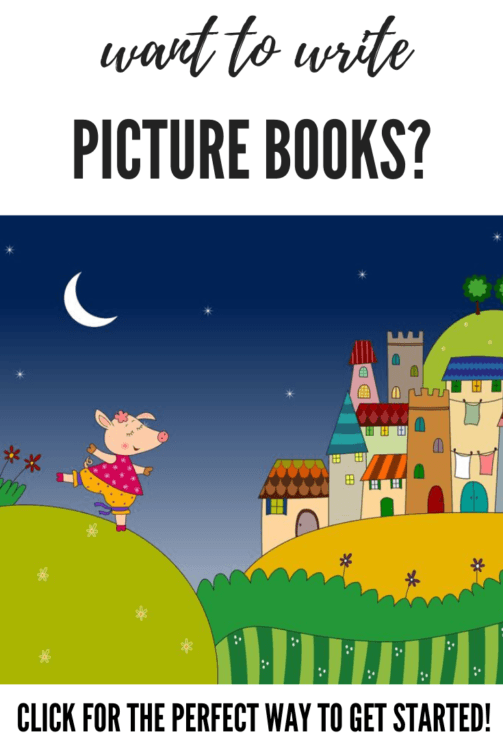
Published children’s books fall into distinct book genres, each with its own format and targeted age range. These formats evolved for several reasons: printing presses produced books in standard page increments; teachers needed to use the books for particular grades; the bookstores had to know where to shelve new titles. Though the publishing industry is constantly evolving — and established authors and illustrators are pushing the boundaries with new concepts — if you’re a first-time author submitting to agents and publishers it’s wise to stay within these guidelines. If you’re self-publishing print books that you plan on distributing to bookstores, you’ll also want to follow these general rules as your books need to sit alongside books from publishers on the shelves.
You’ll notice some overlap in the age groups and book genres below. That’s because children read at different levels, especially in elementary school. Read several books from each category to get a sense of the style and format, and then see where your work best fits.
Book Genres: Picture books — In its broadest definition, a picture book is a book in which the illustrations play a significant role in telling the story. Under this umbrella are several types of books:
1. Board Books — For infants and young toddlers, these books are often concept books (teaching colors, names of animals, identifying body parts, etc.), simple rhymes or counting games, very simple stories, or wordless books. Typical lengths are 12-16 pages. Lift-the flaps or novelty books are common (books that make sounds, have different textures, etc.) See the Max and Ruby series of board books by Rosemary Wells, and books by Sandra Boynton.
2. Early picture books — Very simple stories for ages 2-5 familiar to a child’s everyday life, simple fairy tales, cumulative rhyming books, or concept books that are more sophisticated than board books (such as counting within a story). Texts are short (generally 500 words or less). Books average 32 pages with art on every page. Eric Carle’s books fall into this category.
3. Standard picture books — Traditionally, picture books are 32-page books for ages 4-8 (this age may vary slightly by publisher). Manuscripts can be up about 1000 words, though they are trending toward shorter texts (500-800 words being the average today). Plots are simple (no sub-plots or complicated twists) with one main character who embodies the child’s emotions, concerns and viewpoint. The illustrations (on every page or every other page) play as great a role as the text in telling the story. Occasionally a picture book will exceed 1000 words if the story is more complex; this is usually geared toward the upper end of the age spectrum. Picture books cover a wide range of topics and styles. The list of School Library Journal’s best picture books is a good place to start your research. Nonfiction in the picture book format can go up to age 10, 48 pages in length, or up to about 2000 words of text.
Book Genres: Easy readers — Also called “easy-to-read”, these books are for children just starting to read on their own. Most easy reader series are broken into several levels, starting in kindergarten and going through third grade, with text getting progressively more complex with each level. They have color illustrations on every page like a picture book, but the format is more “grown-up” — smaller trim size, sometimes broken into short chapters. The length varies greatly by publisher; the books can be 32-64 pages long, with 200-1500 words of text, occasionally going up to 2000 words. The stories are told mainly through action and dialogue, in grammatically simple sentences (one idea per sentence). Books average 2-5 sentences per page for the lower levels, going up to a paragraph or two per page for older readers. Easy reader series can be fiction or nonfiction. See the Amelia Bedelia books by Peggy Parish or other “I Can Read” books published by HarperCollins.
Book Genres: Transition books — Sometimes called “early chapter books” for ages 6-9, they bridge the gap between easy readers and chapter books. Written like easy readers in style, transition books are longer (manuscripts are about 30 pages long, broken into 2-3 page chapters), books have a smaller trim size with black-and-white illustrations every few pages. See The Kids of the Polk Street School series by Patricia Reilly Giff (Dell) or the “Stepping Stone Books” published by Random House.
Book Genres: Chapter books — For ages 7-10, these books are 45-60 manuscript pages long, broken into 3-4 page chapters. Stories are meatier than transition books, though still contain a lot of action. The sentences can be a bit more complex, but paragraphs are still short (2-4 sentences is average). Chapters often end in the middle of a scene to keep the reader turning the pages. Look at the Amber Brown series by Paula Danziger, The Time Warp Trio series by Jon Scieszka, and the Cam Jansen mystery series by David Adler.
Book Genres: Middle grade — This is the golden age of reading for many children, ages 8-12. Manuscripts suddenly get longer (100-150 pages), stories more complex (sub-plots involving secondary characters are woven through the story) and themes more sophisticated. Kids get hooked on characters at this age, which explains the popularity of series with 20 or more books involving the same cast. Protagonists are kids age 9-13, or other characters (fantasy characters, animals, etc.) that embody the worldview and emotions of middle grade kids. Fiction genres range from contemporary to historical to science fiction/fantasy; nonfiction includes biographies, science, history and multicultural topics. Narrative nonfiction is also hot in this category. Check out these popular middle grade books to get you started.
Book Genres: Young adult — For ages 12 and up, these manuscripts are 150 to about 225 pages long, with characters age 13 and up. Plots can be complex with several major characters, though one character should emerge as the focus of the book. Themes should be relevant to the problems and struggles of today’s teenagers, regardless of the genre. The Outsiders by S.E. Hinton defined young adult when it was first published in 1967; the YALSA list also contains many worthy titles. A “tween” age category (10-14) has emerged, often with characters in middle school. These books are slightly shorter than the 12 and up category, and topics (both fiction and nonfiction) are appropriate for children who have outgrown middle grade but aren’t yet ready for the themes (fiction) or who aren’t studying the subjects (nonfiction) of high school readers.
Tags: genres, publishing, self-publishing






Many thanks for a very useful post indeed. You have helped me to ‘grade’ my new chapter books, so I appreciate the advice!